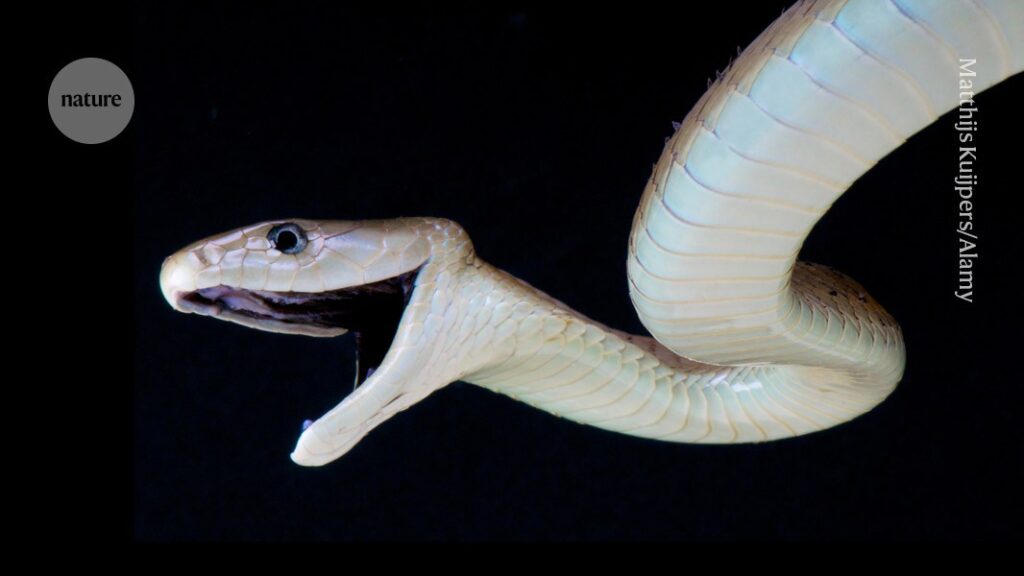
An innovative antivenom developed using antibodies derived from llamas and alpacas has shown the ability to neutralize venom from some of the world’s most dangerous snakes. This groundbreaking study, published today in Nature, reveals that the treatment can protect against toxins from 17 African snake species and significantly reduce venom-induced skin damage when administered to mice.
Snakebites represent a severe yet often overlooked public health crisis, particularly in sub-Saharan Africa, where they are estimated to cause approximately 20,000 deaths annually. With around 300,000 snakebite incidents each year in this region, venom-induced tissue necrosis leads to about 10,000 amputations.
Challenges of Current Antivenom Treatments
Traditional antivenom therapies involve injecting large animals, such as horses, with small quantities of snake venom. These animals then produce antibodies against the venom, and their plasma is harvested for use in treating human snakebite victims. However, these antivenoms are typically specific to a single snake species, complicating treatment when the snake type is unknown.
Anne Ljungars, a bioengineer at the Technical University of Denmark, highlights the difficulty in identifying the snake responsible for a bite, which hampers timely treatment. Moreover, horse-derived plasma contains various antibodies and proteins that can provoke adverse immune responses in humans. Conventional antivenoms also fail to prevent the localized tissue damage that often accompanies snakebites.
Innovative Camelid-Derived Antibodies
To create a broad-spectrum antivenom, researchers exposed an alpaca and a llama to venoms from 18 of the most dangerous elapid snakes in sub-Saharan Africa. Elapids, known for their erect fangs, include species such as cobras, mambas, and rinkhals. The team extracted nanobodies—small, tissue-penetrating antibodies capable of binding to tissue-destroying toxins—from these camelids. Eight nanobodies were then combined into a single, potent cocktail.
When tested on mice injected with snake venom, this recombinant antivenom effectively neutralized venoms from 17 of the 18 target snake species. It also significantly reduced skin damage, outperforming the widely used Inoserp PAN-AFRICA antivenom.
“It was previously thought that developing a broad-spectrum antivenom would require an impractically large number of antibodies,” the study authors noted, given that some snake venoms contain up to 100 toxins from various protein families.
Implications and Future Directions
The development of this broad-spectrum antivenom marks a significant advancement in the treatment of snakebites, particularly in regions where access to medical facilities and specific antivenoms is limited. By utilizing camelid-derived antibodies, researchers have potentially opened new pathways for treating other venomous bites and stings.
Looking ahead, further research is needed to determine the safety and efficacy of this antivenom in humans. The next steps involve clinical trials and exploring the potential for large-scale production, which could transform snakebite treatment in vulnerable regions.
The announcement comes as global health organizations continue to emphasize the need for improved snakebite management strategies. With this innovative approach, the hope is to significantly reduce the mortality and morbidity associated with snakebites worldwide.
Meanwhile, experts in the field are optimistic about the broader applications of camelid-derived antibodies, suggesting that this technology could be adapted to address other pressing health challenges.
As the research progresses, the potential to save thousands of lives and prevent countless amputations becomes increasingly tangible, offering a beacon of hope for communities plagued by snakebite-related health issues.





